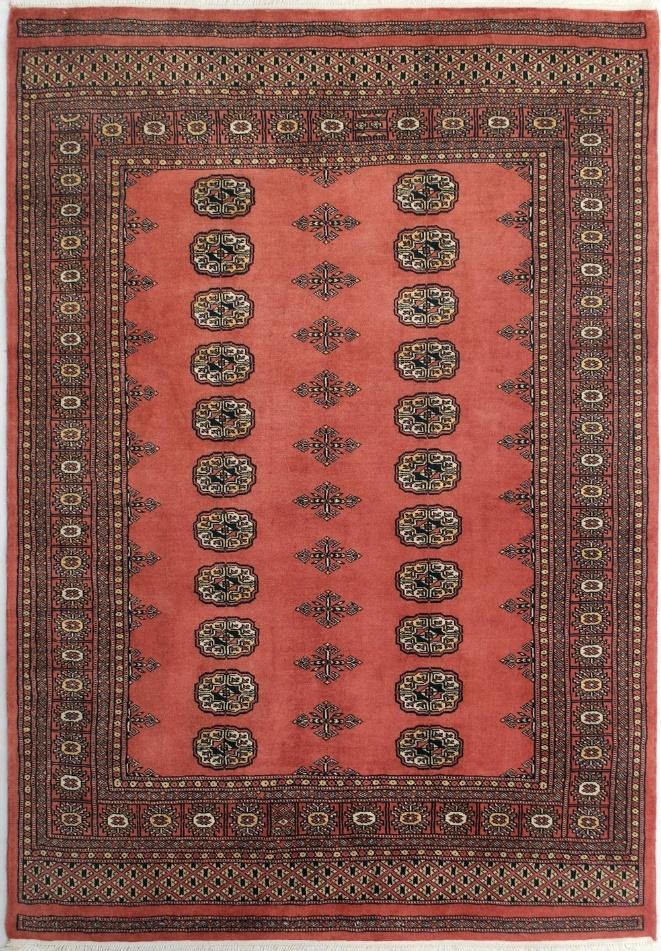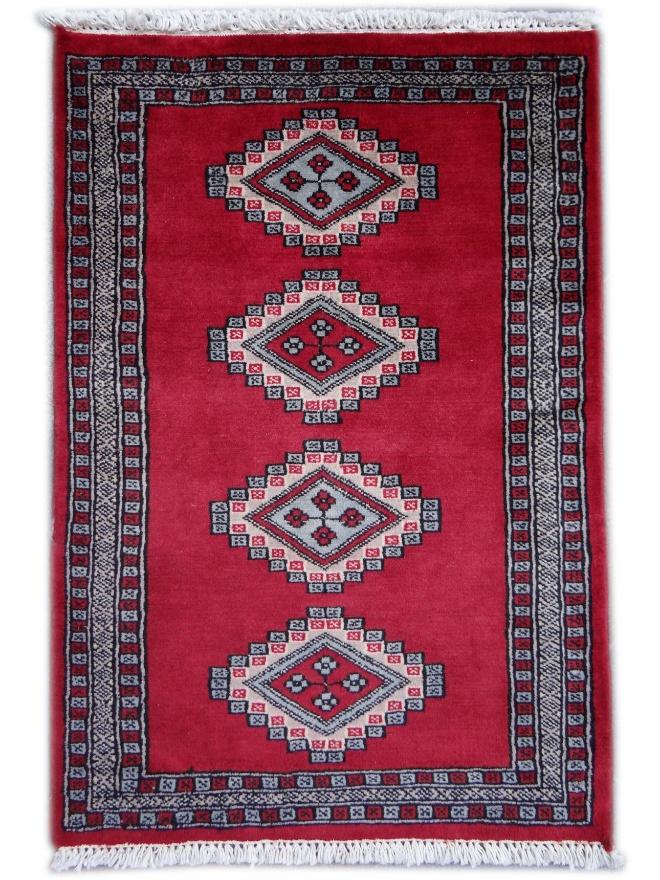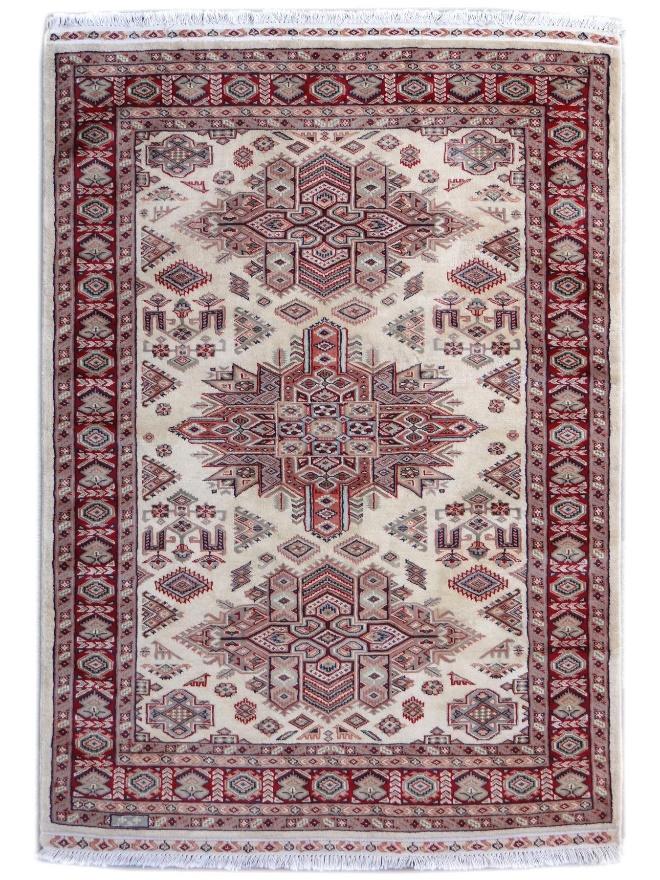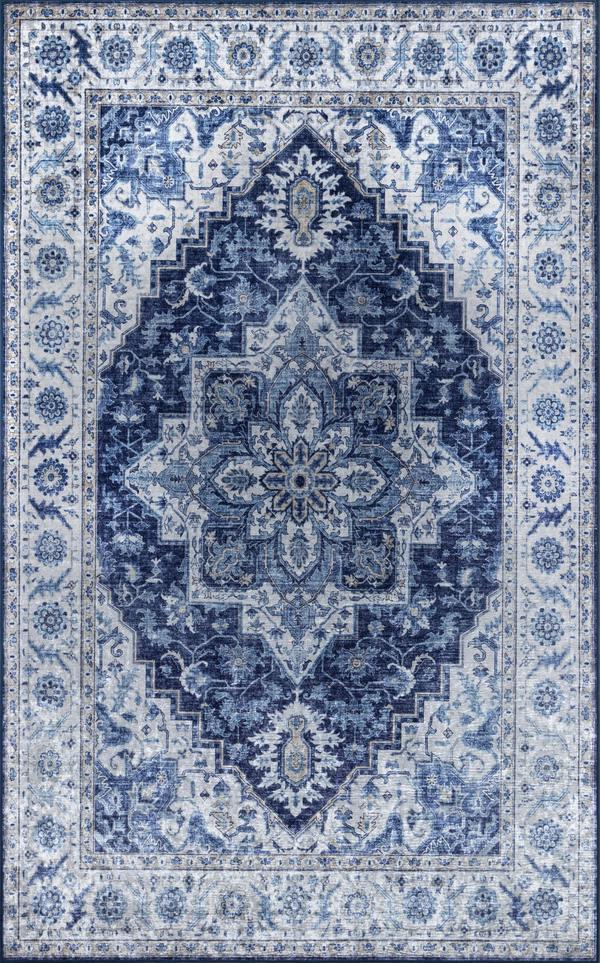Karachi Rugs
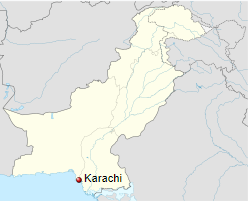
Karachi is the largest city in Pakistan and the twelfth largest city in the world. It is the capital of the Pakistani province of Sindh. Karachi is located on the coastline of Sindh province in southern Pakistan, along the Karachi Harbor.
Though the Karachi region has been inhabited for millennia, the city was founded as the fortified village of Kolachi in 1729. The settlement drastically increased in importance with the arrival of British East India Company in the mid-19th century. Following the independence of Pakistan, the city’s population increased dramatically with the arrival of hundreds of thousands of Muslim refugees from India.
Rug weaving in Karachi is chiefly for exportation. It is a rather big industry. They use Turkmen and Persian designs as well as their structures.
Technical aspects and the structure of Karachi Rugs
Karachi rugs are woven on a cotton foundation. Pile is woolen. Knots are mostly asymmetric (Persian). Various knot densities are possible. For denser structures Australian wool is used.
Typical Karachi pieces (with Turkmen designs) have ordinary warps while offset warps are used in rugs with Persian designs. Both carpet and rug sizes are woven in Karachi. Runners, too, could be found.
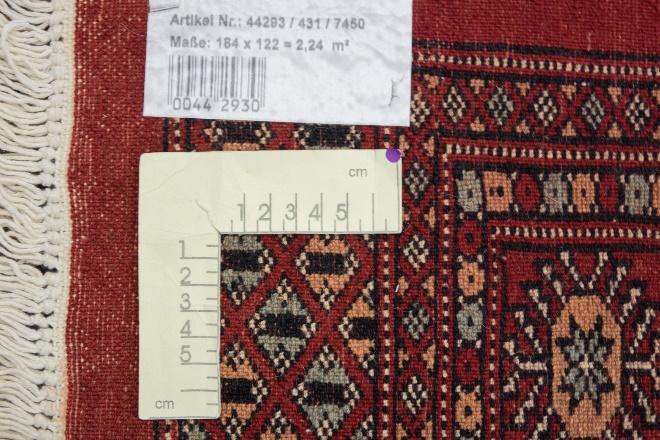

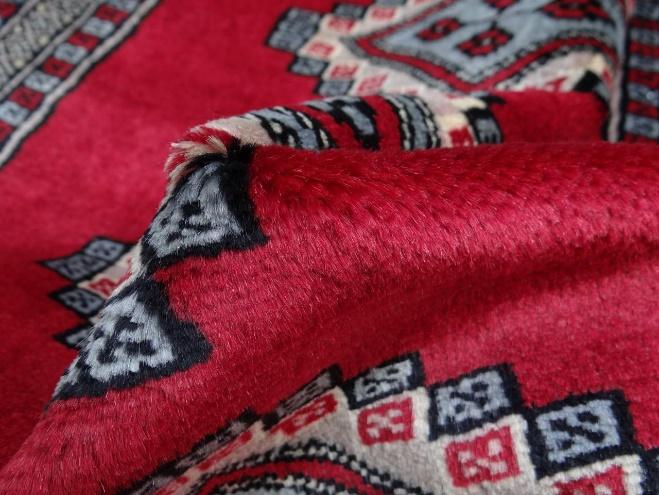
Dyeing and painting of Karachi Rugs
Red is the most dominant color in Turkmen designs. Nevertheless the Turkmen design copied in Karachi may also be painted with either beige, cream, ivory, pink, grey or even blue as the dominant color, giving a completely different feature to the pieces.

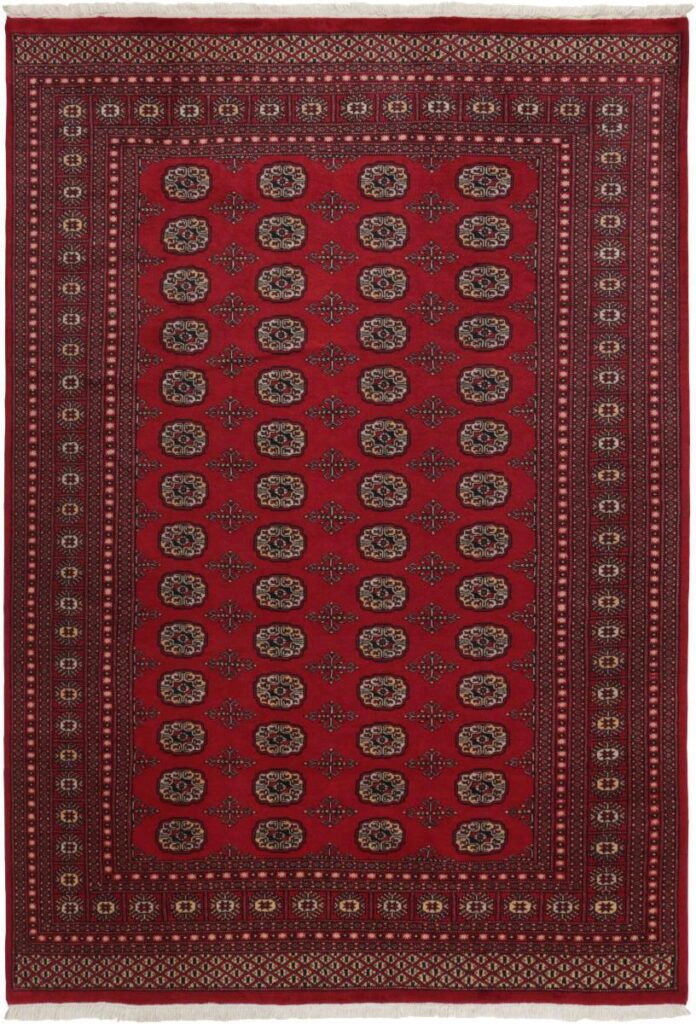
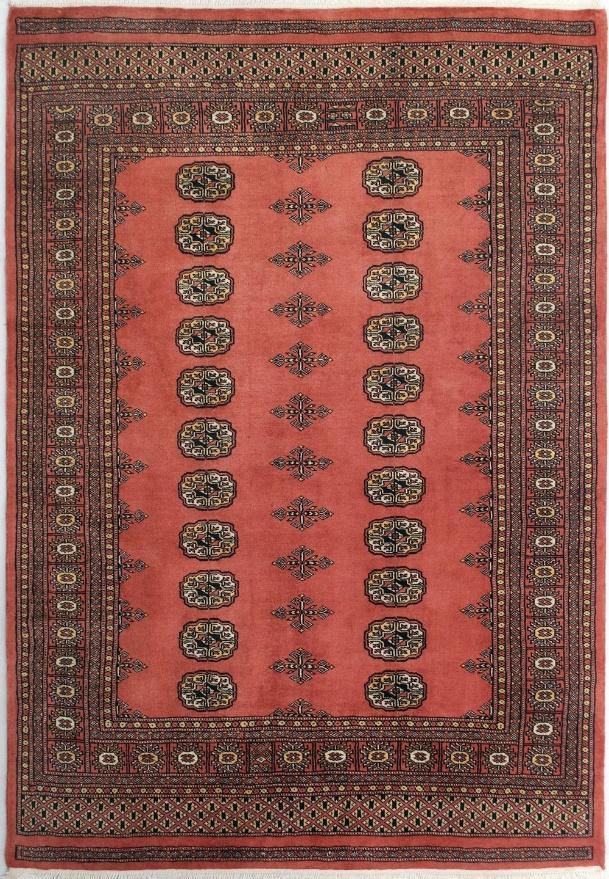

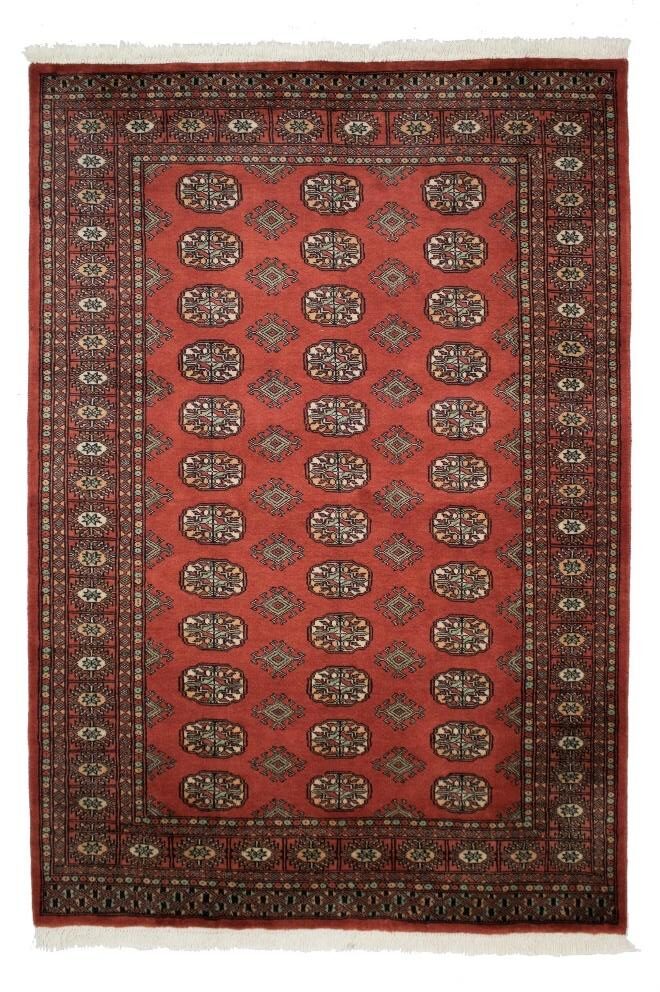
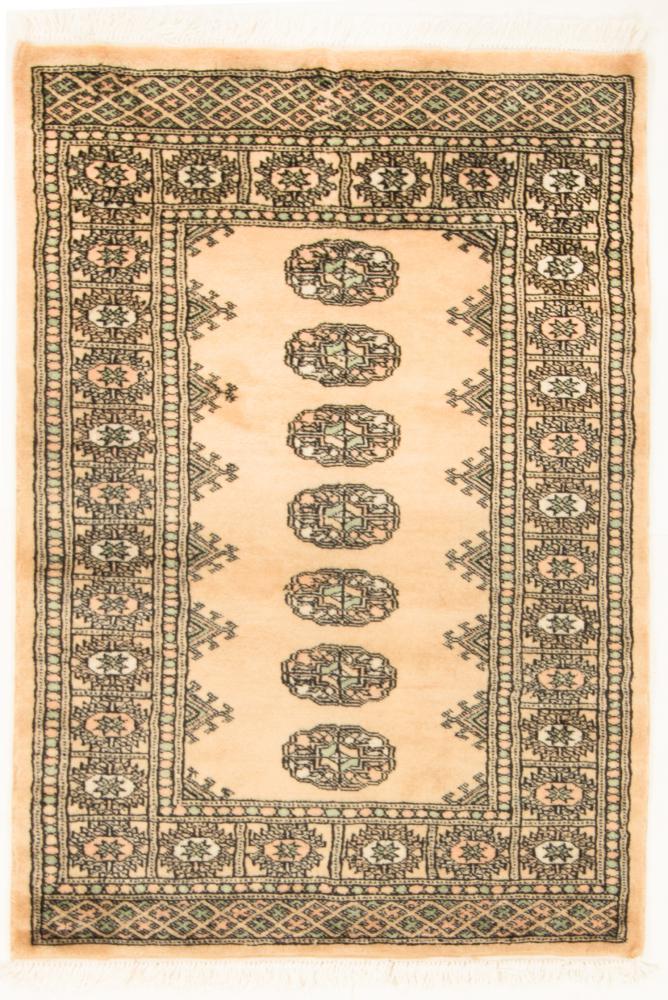
Designs and patterns of Karachi Rugs
Generally Pakistan’s weaving centers don’t have their own rug designs. A range of Turkmen designs used in Karachi. These are may be known as Bokhara designs being attributed to the Tekke tribe. Persian designs too may be copied in Karachi including tribal, village and city-style designs.
Rugs made in Karachi are mostly factory rugs. These are hand-woven rugs woven mostly in big workshops based on loom-drawings. The result is a flawless design which may be too accurate due to the nomadic pattern used.
